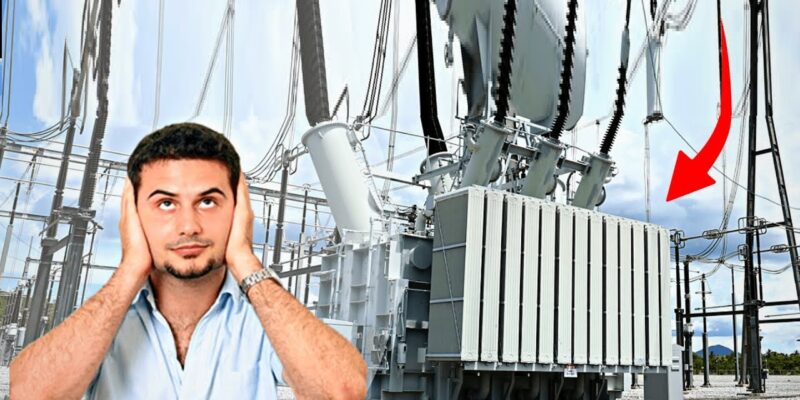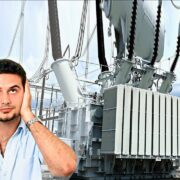
In the realm of power regulation, transformers play a pivotal role. Step-up and step-down transformers are essential for amplifying or reducing voltages to suit specific power requirements. However, transformer noise can pose a notable challenge. Even minor noise levels can disrupt operations and prevent power transformers from functioning as intended. Consequently, it is imperative to comprehend the nature of transformer noise, identify its sources, and implement measures for transformer noise reduction
What Causes a Noisy Transformer?
Transformer noise, often termed transformer hum, arises from magnetostriction, which is a phenomenon where magnetic sheet steel expands and reverts to its original state when magnetized and demagnetized. In transformers, the magnetic excitation due to alternating voltage and current causes it to expand and contract twice within a magnetization cycle.
Consequently, the transformer vibrates at twice the supply frequency, resulting in a noise or vibration at 120 cycles per second for a 60 cycles per second supply frequency, known as the fundamental noise frequency. Moreover, transformer noise is an inherent core design characteristic, remaining relatively consistent. As a transformer ages, its core layers gradually deteriorate and become detached from one another, resulting in an increase in the intensity of vibrations. So, for commercial operations, it is crucial to take the necessary steps for transformer noise reduction.
3 Proven Ways to Control Noises
While complete elimination of magnetostriction is unfeasible, its noise can be partially controlled and masked through proper transformer installation and assembly. Undertaking these specific actions may be necessary for achieving significant noise reduction.
- Consider using acoustical dampening material
Noise generated by the transformer can be minimized by covering the walls of the transformer enclosure with noise-absorbing materials such as acoustic tiles, kimsul, or fiberglass. Meticulously adhering to these detailed specifications is crucial for optimizing transformer performance, especially regarding dampeners, screws, and bolts.
- Mounting the transformer on a robust and solid plane:
Mounting transformers on robust, dense surfaces such as concrete walls and floors are consistently recommended, as opposed to utilizing plywood surfaces or thin curtain walls. Wooden or plywood bases would exacerbate the humming noise to an intolerable level. In accordance with a general guideline, the chosen mounting surfaces should possess a weight that is tenfold greater than that of the transformer to be installed.
- Avoid Corners, Stairways and Corridors
Another important measure one needs to take is to keep enough spacing while placing the transformers. Specifically, placing transformers in confined spaces or corners exacerbates noise and humming while reflecting any potential interference. To mitigate this issue, it is advisable to avoid sitting transformers in corners, corridors, or stairwells whenever feasible.
Conclusion
This article has highlighted fundamental reasons behind transformer hum and torrid ways for effective transformer noise reduction. To explore alternative solutions and enhance transformers and installations, adopting state-of-the-art technologies can effectively mitigate noise levels. The noise generated by transformers is generally undesirable, However, by implementing the aforementioned guidelines, one can substantially decrease the noise emanating from their transformer, thereby fostering a quieter residential and work environment.













